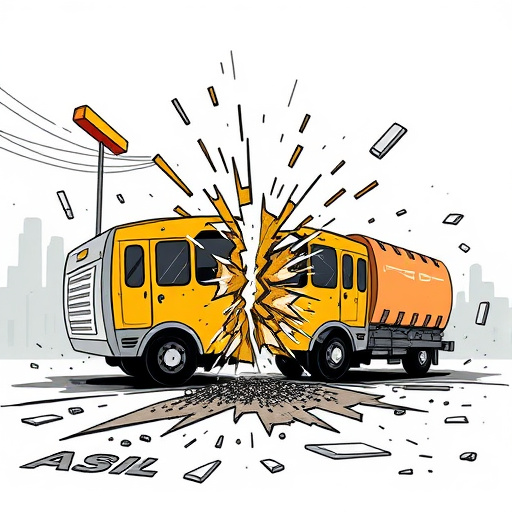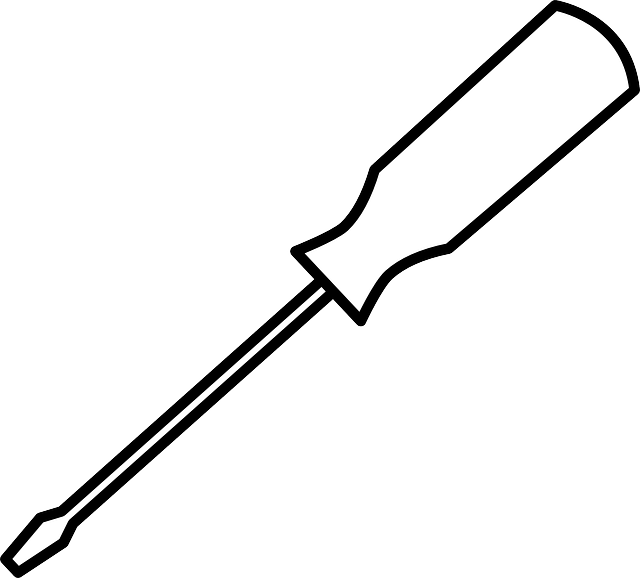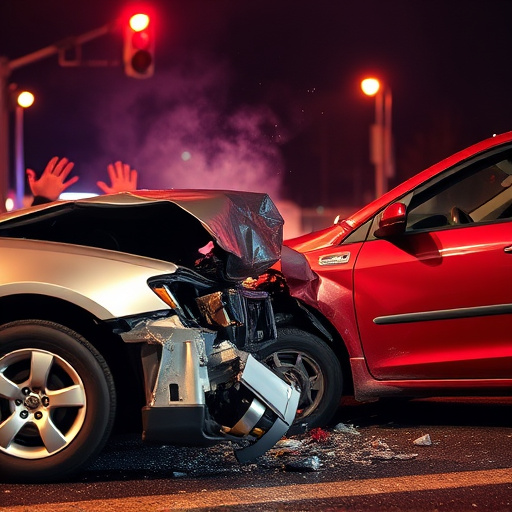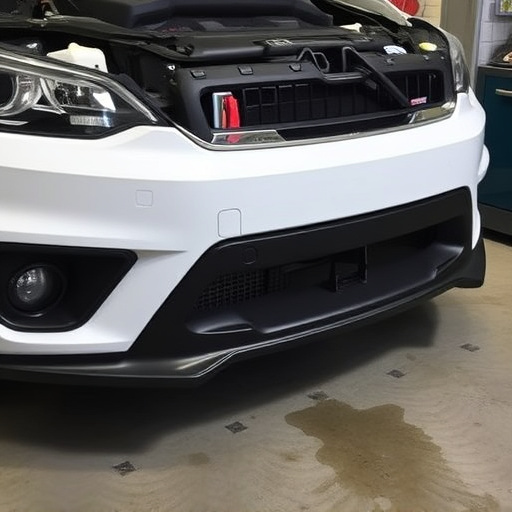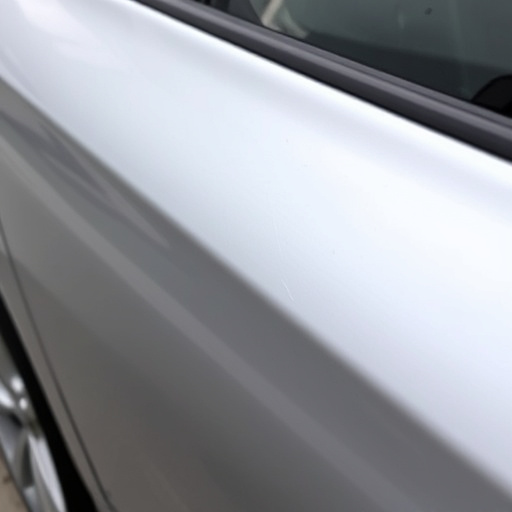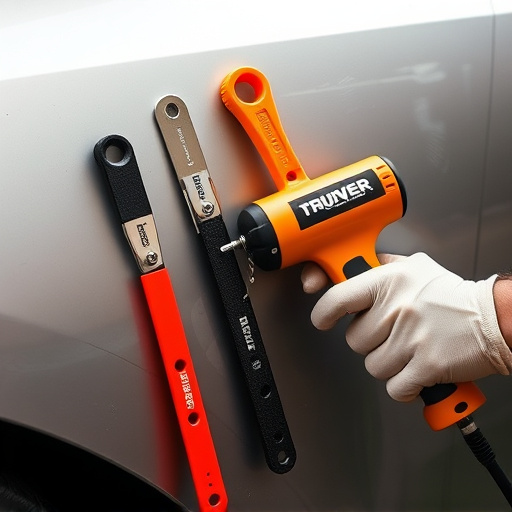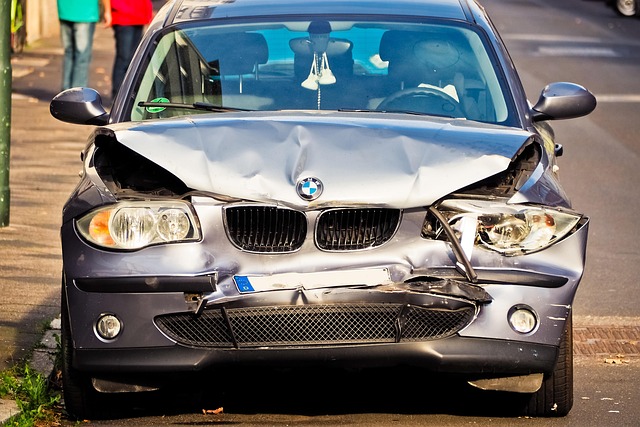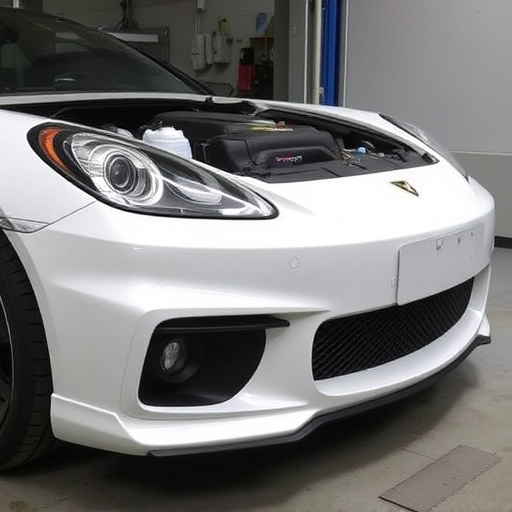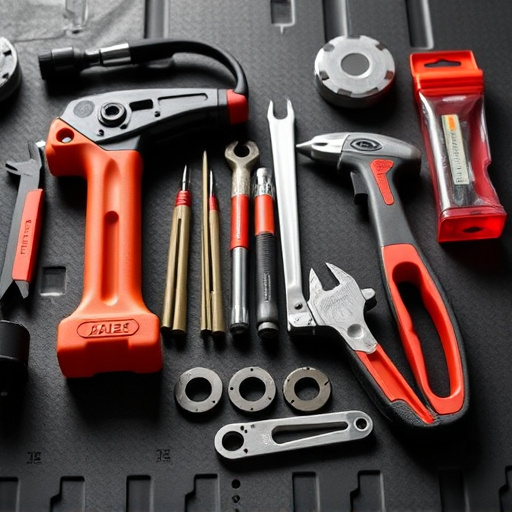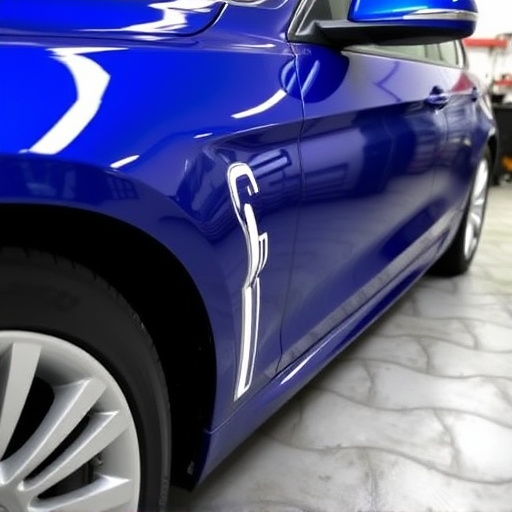Frame integrity is crucial for automotive safety and performance, especially after accidents. Pulling system collision repair is a sophisticated technique that uses advanced equipment to straighten and realign frames accurately, preserving original dimensions and ensuring proper fitment of replacement parts. This process surpasses traditional methods by addressing hidden damage, guaranteeing structural stability, long-term reliability, and enhanced safety for drivers. Auto shops benefit from precise frame straightening, superior structural integrity, and increased customer trust through best practices like regular calibration, detailed documentation, and transparent communication.
Pulling system collision repair is a game-changer in the automotive industry, offering a sophisticated solution for restoring frame integrity after accidents. This advanced technique leverages precision tools to accurately align and straighten damaged vehicles, ensuring structural soundness. By minimizing metal fabrication, it preserves the vehicle’s original integrity, enhancing safety and resale value. In this article, we explore the critical role of pulling system collision repair in modern automotive restoration, highlighting its benefits and best practices for achieving superior results.
- Understanding Frame Integrity and Its Significance in Collision Repair
- The Role of Pulling System Collision Repair in Restoring Frame Integrity
- Benefits and Best Practices for Implementing Pulling System Collision Repair Techniques
Understanding Frame Integrity and Its Significance in Collision Repair
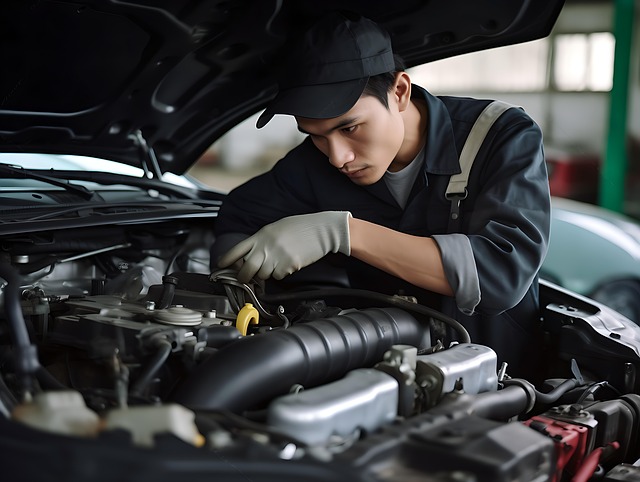
Frame integrity is a cornerstone in the world of automotive repair, especially within the realm of pulling system collision repair. It refers to the structural stability and alignment of a vehicle’s frame following a collision or accident. Ensuring the frame remains intact and undamaged is of paramount importance for several reasons. A car’s frame acts as its skeletal system, providing support and rigidity to all other components, including the body panels, engine, transmission, and suspension.
In a collision repair center or car body shop, technicians employ advanced techniques, such as pulling system collision repair, to accurately realign and straighten the frame. This process helps maintain the original dimensions and geometry of the vehicle, ensuring proper fitment of replacement parts. By preserving frame integrity, automotive repair experts can guarantee that the restored vehicle not only looks like its pre-accident self but also performs optimally and safely on the road.
The Role of Pulling System Collision Repair in Restoring Frame Integrity
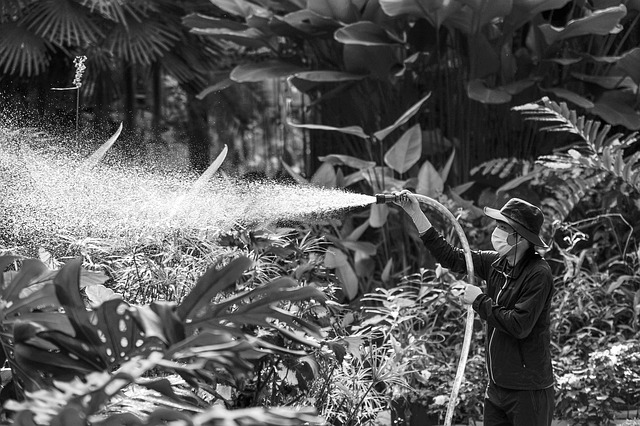
Pulling system collision repair plays a pivotal role in restoring frame integrity after a car accident. Unlike traditional collision repair methods that often rely on manual manipulation and guesswork, this advanced technique employs sophisticated equipment to accurately measure and adjust the vehicle’s frame. By pulling specific sections of the frame back into alignment, it ensures structural stability and safety, mirroring the original manufacturer specifications.
This meticulous process goes beyond mere cosmetic fixes, addressing hidden damage within the frame that could compromise a vehicle’s performance and safety if left unaddressed. As such, pulling system collision repair is not just a car repair service; it’s a crucial step in ensuring the long-term reliability and roadworthiness of vehicles, providing peace of mind for drivers who value both safety and quality auto collision repair.
Benefits and Best Practices for Implementing Pulling System Collision Repair Techniques
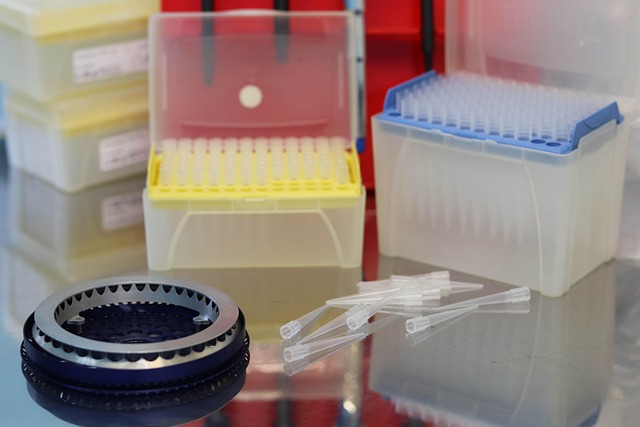
Pulling system collision repair offers a multitude of benefits for both auto shops and vehicle owners. By utilizing this advanced technique, collision centers can achieve precise and efficient frame straightening, resulting in superior structural integrity and improved overall vehicle performance. This method allows technicians to precisely measure and adjust metal panels, ensuring that the car’s original design is maintained while repairing damage from accidents or impacts.
Implementing best practices for pulling system collision repair ensures optimal outcomes. These include utilizing state-of-the-art equipment designed specifically for this purpose, adhering to strict safety protocols, and employing highly skilled and certified technicians. Regular calibration and maintenance of the pulling systems are crucial to guarantee accuracy. Additionally, a meticulous documentation process, including before-and-after comparisons, helps in tracking repairs and ensures customer satisfaction through transparent communication about the repair process and its benefits, such as enhanced safety and increased resale value for the vehicle after an auto detailing session at the collision center.
Pulling system collision repair is a game-changer in the automotive industry, offering a highly effective method to restore frame integrity. By leveraging specialized equipment and precise techniques, this innovative approach ensures structural stability and safety post-collisions. Incorporating pulling system collision repair into standard practices can significantly enhance the quality of repairs, reduce costs, and ultimately, improve customer satisfaction by delivering vehicles with restored structural integrity.
